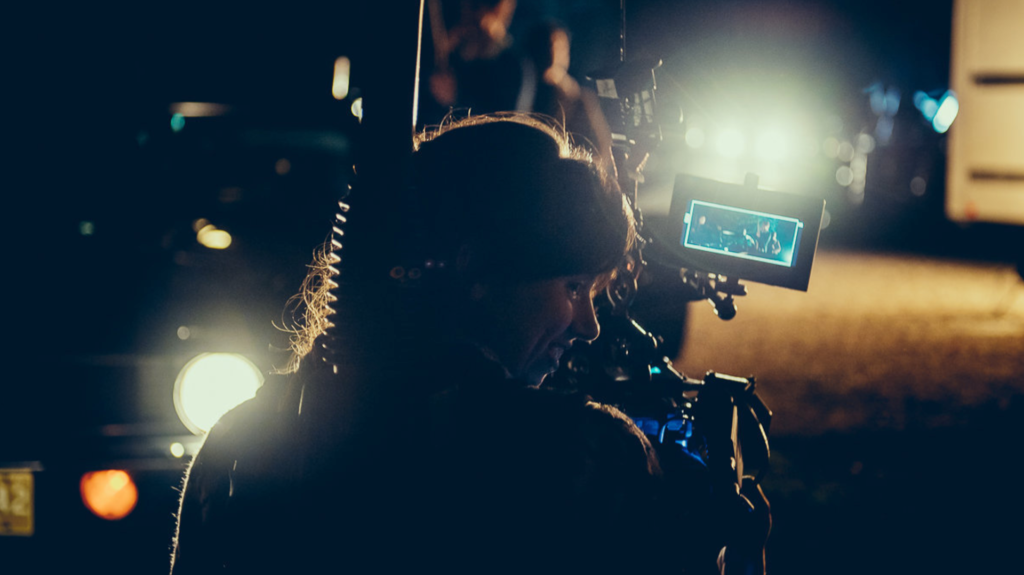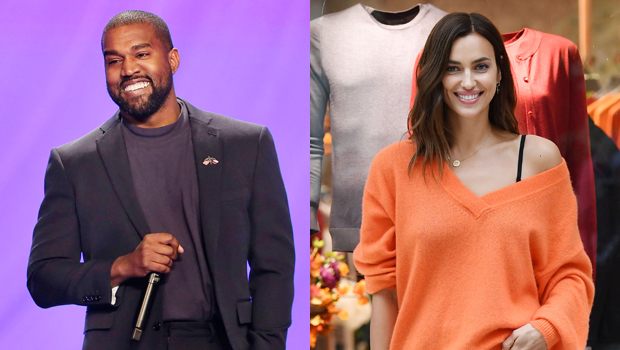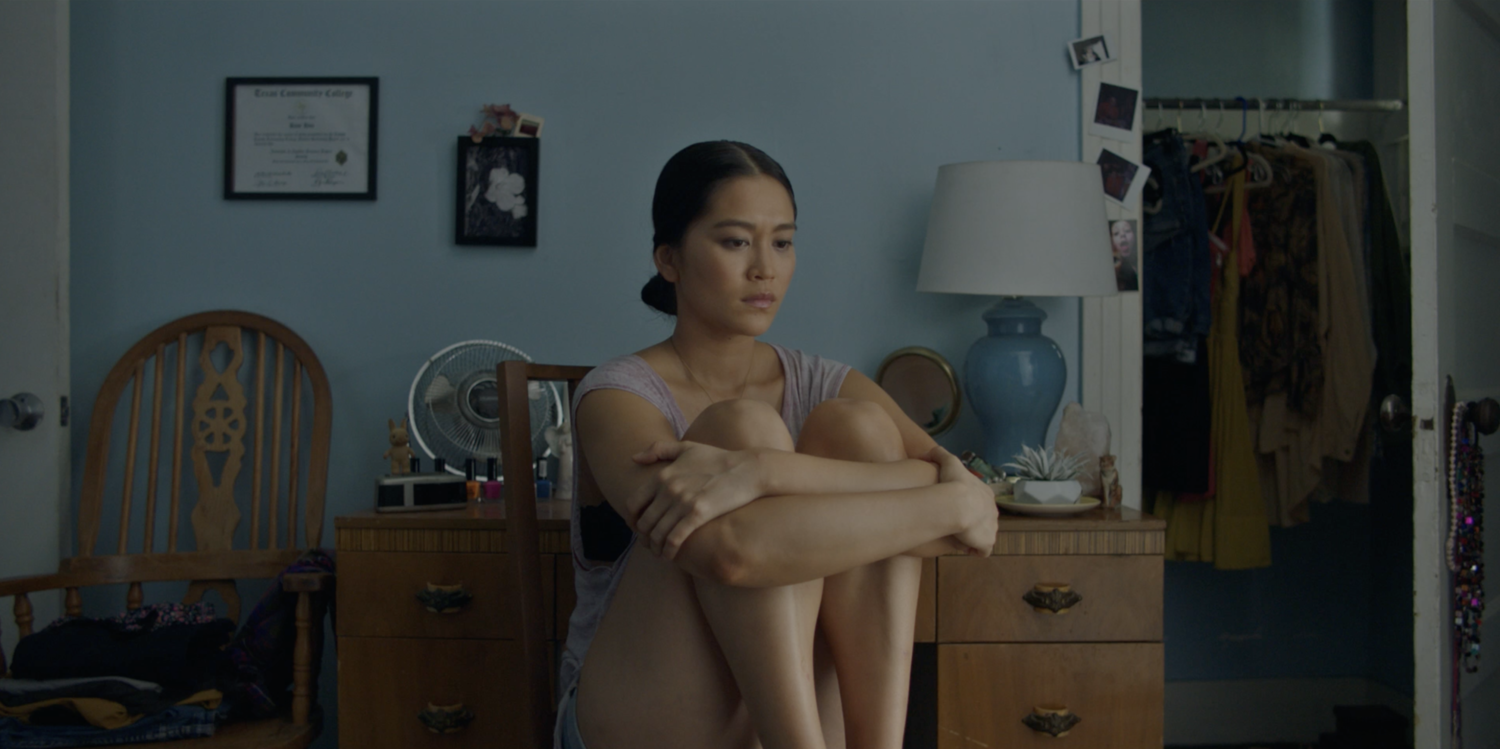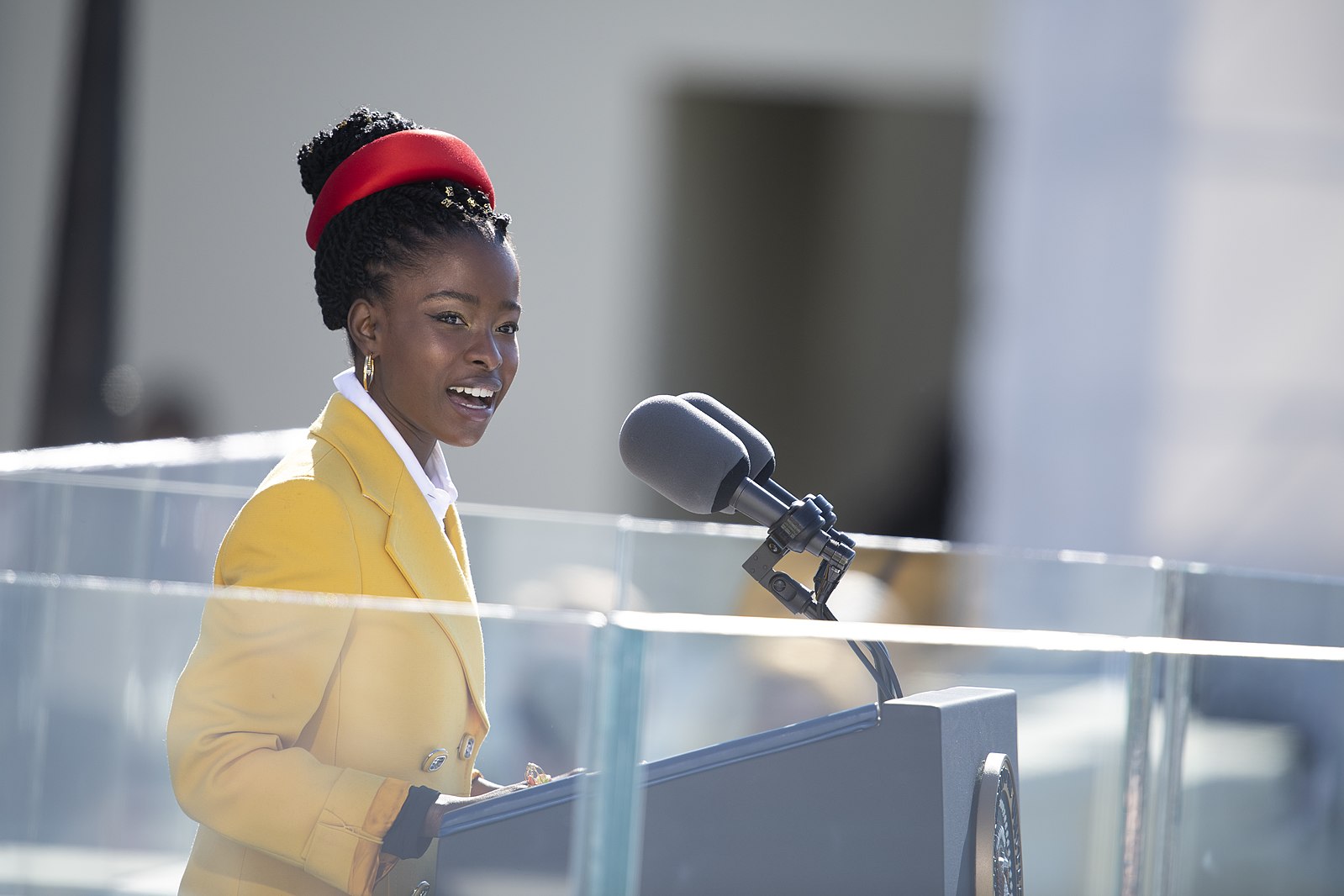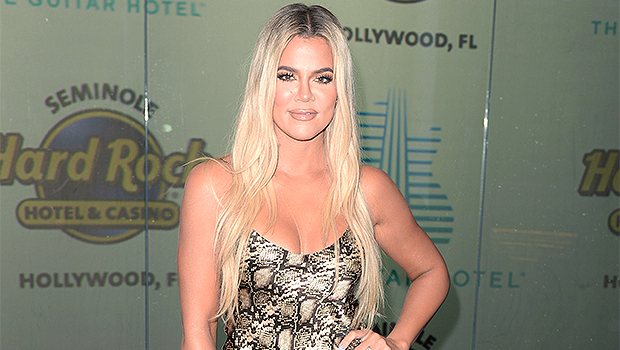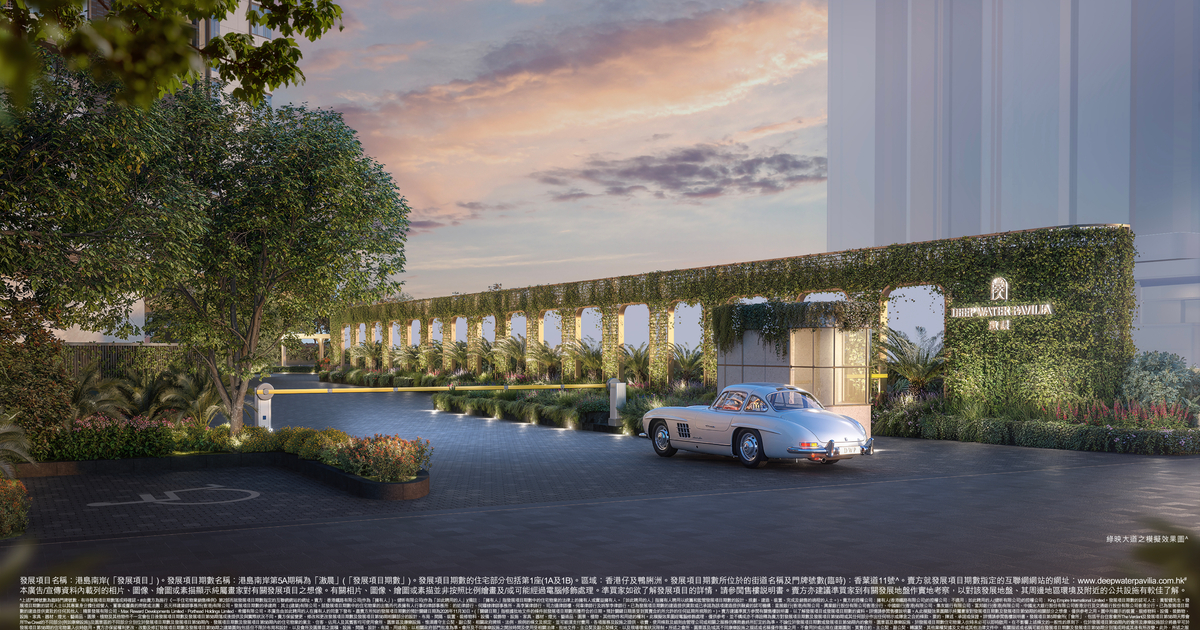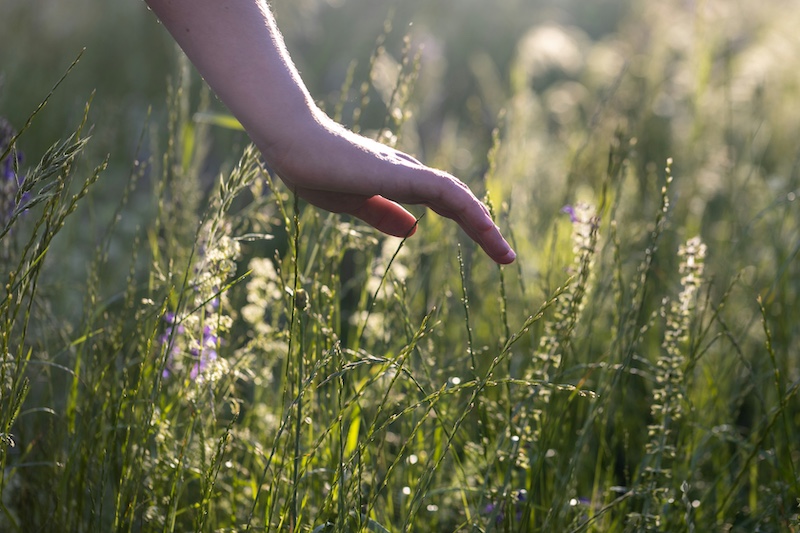Cinematographer to Watch: Charlotte Hornsby
New York-based cinematographer Charlotte Hornsby has been making a name for herself on the festival circuit, working on titles such as Mariama Diallo’s “Master,” a horror pic dealing with racism on a college campus, and Haroula Rose’s “Once Upon...
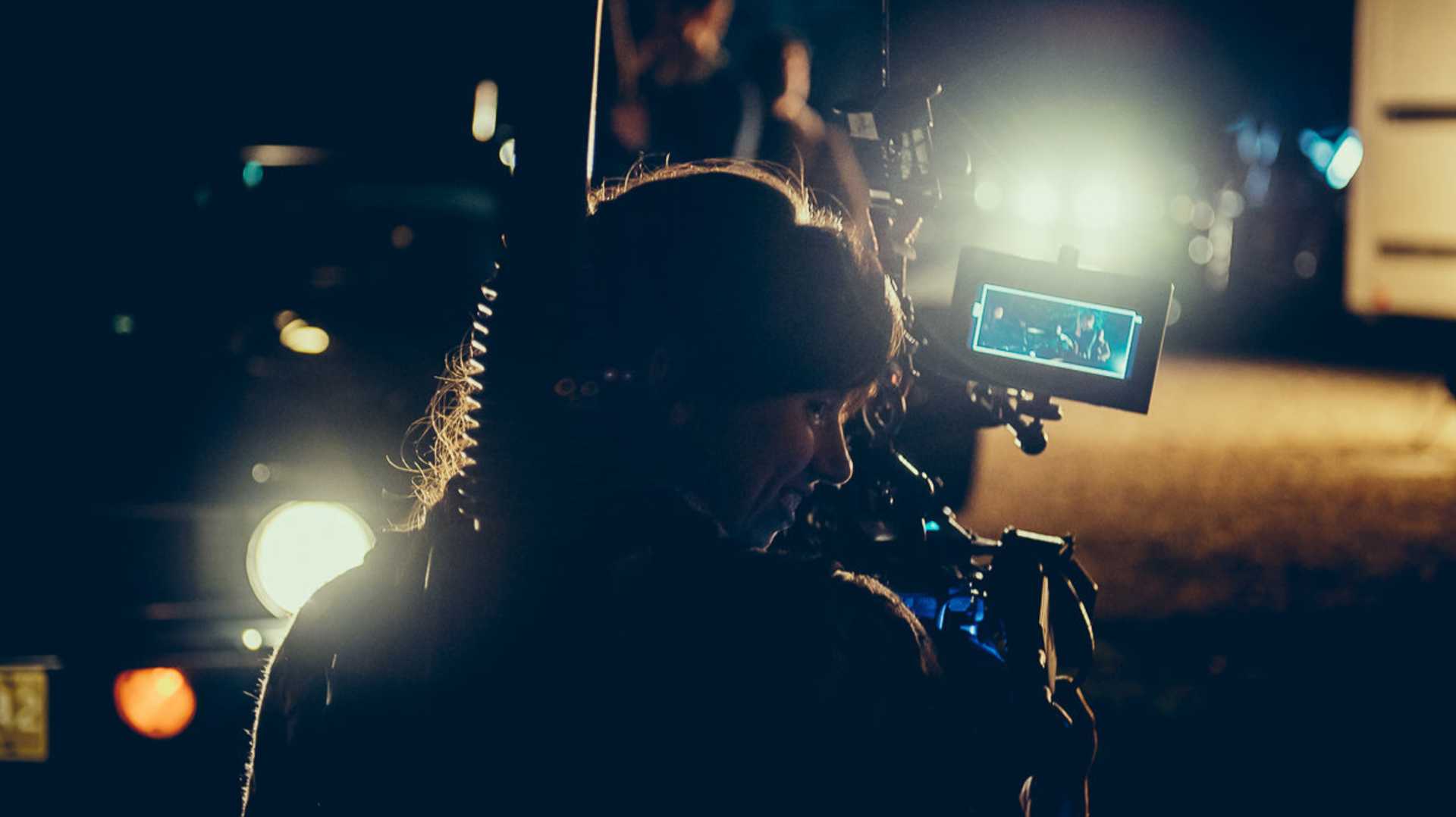
New York-based cinematographer Charlotte Hornsby has been making a name for herself on the festival circuit, working on titles such as Mariama Diallo’s “Master,” a horror pic dealing with racism on a college campus, and Haroula Rose’s “Once Upon a River,” a coming-of-age drama about a Native American girl who embarks on an epic journey in search of her mother. Besides her work on features and shorts, Hornsby lists her roles as director and director of photography for Beyoncé’s September 2015 Vogue Cover Shoot among her most notable credits. Throughout her career, Hornsby has experimented with various styles of cinematography and established a distinct style while also weaving social commentary into her work.
“Master” marked Horbsby’s second collaboration with Diallo. They previously teamed up for “Hair Wolf,” Diallo’s 2018 short about employees of a Black-owned hair salon fighting off a white appropriator of Black culture. The horror story won the Sundance’s Short Film Jury Award for U.S. Fiction. Both “Hair Wolf” and “Master” examine the Black American experience through a horror lens.
In “Master,” a portrait of a Black student being haunted on her predominantly white campus and a Black professor seeking tenure at the college, Hornsby leans into an anamorphic style, and juxtaposes the characters against sinister backgrounds that make the shots feel unsettling. Hornsby has explained that she was aiming for a “sickly feeling” and used zoom shots to create a “supernatural POV” creating a sensation that the film’s protagonists are being watched. She described working with different skintones on the film as “a gift,” and emphasized “what a variety of skin tones offer you from a lighting perspective. There’s just so much more that we were able to do,” she said. “Black skintones can reflect color and absorb color in a different way than white skin tones, and I think we made a lot of powerful images from the truth of that.”
In films such as “Master,” which takes place on a rather mundane-looking college campus, lighting and camerawork are vital to establish mood and elicit terror. Hornsby’s cinematography incites unease and suspense, creating a twisted sense of reality. In an interview with The Credits, she reveals that the beginning of “Master” was largely inspired by the opening sequence of 1968 horror classic “Rosemary’s Baby.” The “Master” team wanted the film “to feel like the point of view of Ancaster College itself, like this dark presence that’s looking from this impossible vantage point where you see the huge, ominous campus,” Hornsby shared. From this intimidating wide shot, the camera slowly zeroes in on Gail (Regina Hall), a professor walking into her new home.
This visual motif is repeated when Jasmine (Zoe Renee), a college freshman, first arrives at her dorm room. Hornsby wanted audiences to visually connect the scene to the way the camera narrows in on Gail, with the camerawork implying a foreboding presence looming over these women. The white student body and staff are not the only threatening figures on this campus: the physical locations serve as another antagonist to the Black characters.
Hornsby explains that she “talked with [her] gaffer about what would make it feel off, almost like the needle in ‘Sleeping Beauty’ that lures her, something that feels like there’s a spirit there, or a presence already in the room.” To accomplish this, they shot through a warped glass that would create a pattern of shadows on the side of the room, resulting in an eerie presence in the inanimate space. Hornsby describes how Jasmine is “drawn to explore a little further and touch the surface of the wall so that we initially feel a sense of unease.”
In “Hair Wolf,” Diallo and Hornsby explore the dangers of microaggressions and the appropriation of Black culture. The film, for which Hornsby took home the Best Cinematography in the Short Film category at Brooklyn Horror Film Festival, follows employees of a Black salon as they fend off “white women intent on sucking the lifeblood from black culture,” per the film’s synopsis.
Haunting music follows the camera’s movements, which provide tight shots of objects and characters to induce claustrophobia. We get the sense that something is approaching these protagonists, something that they can’t run from. When threats are imminent, the camera pushes closer to the characters and then cuts back and forth between the Black protagonists and the white antagonists who are leeching off Black culture. In moments of grounded reality, we see the scene through a more realistic, observational point of view. But when tensions are high, we are overwhelmed by tight angles — there’s no knowing what may creep into the shot, or what plot twists are ahead.
Hornsby has a handful of projects in the pipeline including “Mother’s Milk,” a thriller about a journalist who teams up with her late son’s girlfriend to track down his murderers, and “Chantilly Bridge,” Linda Yellen’s sequel to 1993’s “Chantilly Lace,” a portrait of seven women friends.
Watch “Master” on Prime Video and check out Hornsby’s body of work on her website.

 MikeTyes
MikeTyes 